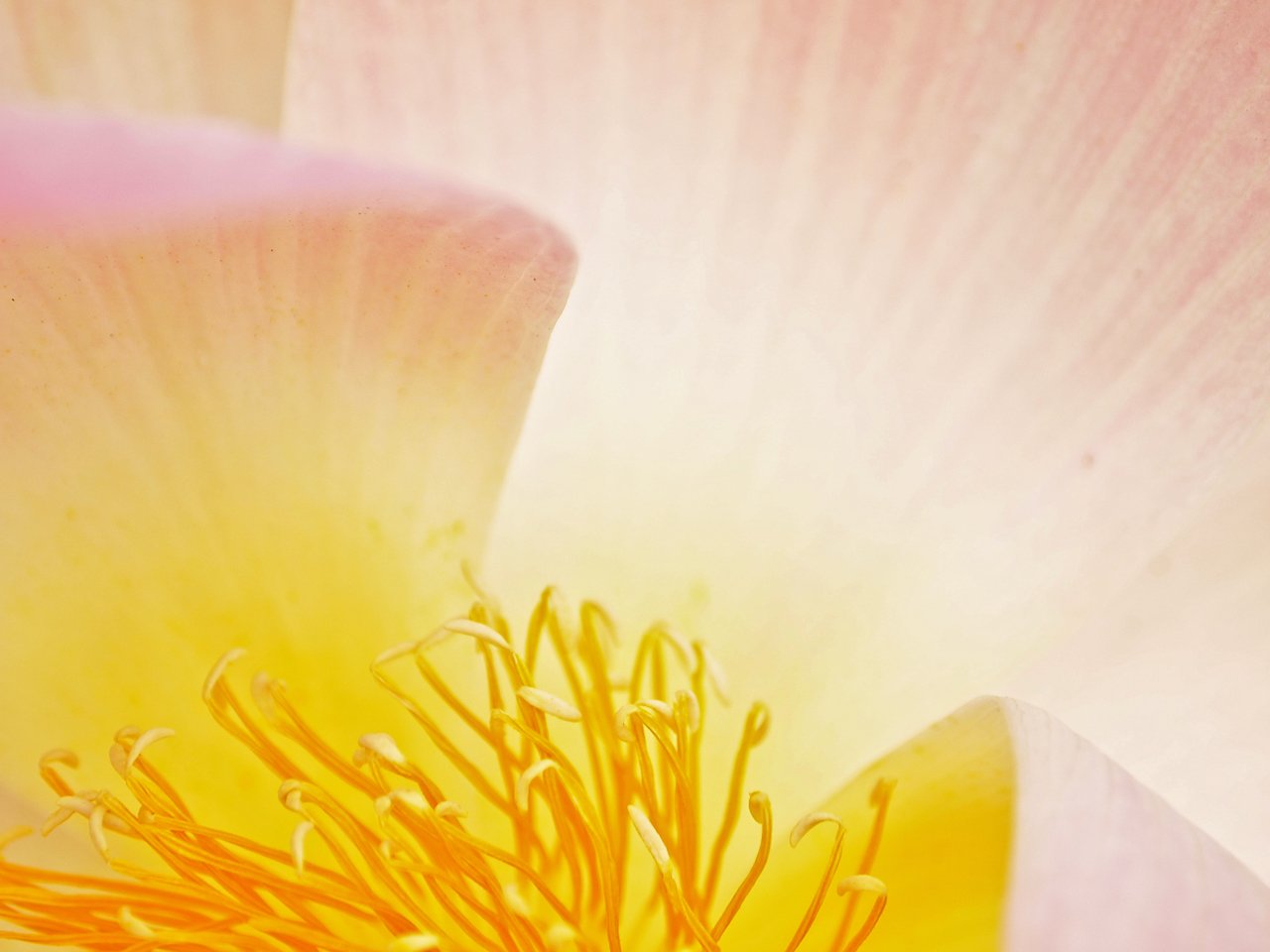
Tending the Buddha Within
Course Resources
Session 5
Video: https://vimeo.com/798933762/89465000ea
Week 5 Slides
Practice This Week
Continue working with the meditation to get to know your obstacles and learn how they’re trying to help
Resources
Golden Buddha
How to Hardwire Resilience into Your Brain
The Learning Zone Model
Impermanence is Buddha Nature
The Hand Model of the Brain
How to Feed Your Demons
Session 4
Video: https://vimeo.com/796110773/958369ba8b
Week 4 Slides
Practice This Week
Trusting Buddha Nature Meditation
Explore your Buddha Nature image/simile – does it work with a collective, shared understanding of mind? Play with images and metaphors – dance, write, paint your concept of Buddha Nature to incorporate this new understanding
Practice a contemplative reading of Thay's verses on the Nature of the mind, or any aspect of today's teachings to rest into this model of consciousness
Explore the mirror-like mind of direct perception: try seeing just colors and shapes, and let the labels dissolve – hear sounds as sounds without added stories – experience thoughts without them being “my thoughts” - meet all phenomena as natural process
Resources
Article: Yogacara
Article: Alaya-vijnana, Store Consciousness
Podcast: Bonnie Duran on the Five Hindrances
Book: Thich Nhat Hanh - Understanding our Mind
Extra: The Mother Tree Project
Music
Session 3
Video: https://vimeo.com/793932474/cd3b66afd6
Note: some of the traditional language carries strong non-Buddha Nature connotations with words like “impure” and “defilements.” This is part of the challenge of working with old text translated, often from Victorian-era dictionaries.
Week 5 will focus on a contemporary, trauma-informed perspective of “defilements” as protectors, like the husk of a seed.
Week 3 Slides
Practice This Week
Three Doors of Liberation Meditation
Connect with a Buddha Nature metaphor or create your own
And/or try a Contemplative Reading of a passage in the slides or try the texts below (see instructions in Session 1)
Resources
Tathāgatagarbha/Buddha Embryo Sutra
Srimahadevi Simalanada Lion' Roar Sutra
Anunatva-Apurnatva-Nirdesa/No Increase No Decrease Sutra
Mahayana Mahaparinirvana/Nirvana Sutra
Mahayana Angulimaliya Sutra
Lankavatara/Sri Lanka Sutra
Music
Session 2
Video: https://vimeo.com/791709828/3278375259
Note: some of the traditional language carries strong non-Buddha Nature connotations with words like “impure” and “defilements.” This is part of the challenge of working with old text translated, often from Victorian-era dictionaries.
Week 5 will focus on a contemporary, trauma-informed perspective of “defilements” as protectors, like the husk of a seed.
Week 2 Slides
Practice This Week
Luminous Mind Meditation
move/do a task from Buddha Nature
And/or try a Contemplative Reading of a passage in the slides or the Sutras below (see instructions in Session 1)
Resources
Diamond Sutra, Flower Garland (Avatamsaka) Sutra (excerpt), Lotus Sutra (about)
The Three Doors of Liberation by Thich Nhat Hanh
Music
Breathing and Walkking (“let the Buddha breathe…”)
Wishless, Joe Reilly
Session 1
Video: Click here for full session
https://vimeo.com/789567944/9431b2ef90
Suttas:
Pabharassa Sutta: Luminous * Upakkilesa Sutta: Obscurations * Pansadhovaka Sutta: The Dirt-washer
This Week: Try out the contemplative reading of one of the suttas (in the slides and emailed to you) and the meditation
Contemplative Reading
1 - Read a passage slowly, aloud - which words speak to you?
2 - Read the passage again and focus on the word(s) that stood out - does this give the text a new meaning?
3 - Read the passage a third time and listen to your heart – what are the ancestors, the Buddha, your heart saying to you through this?
4 - Rest with all of this in silence
Resources
Slides, including text for the suttas
Introduction to Buddha Nature - Tricycle Magazine
Scholarly Research - Bhikkhu Analayo “The Luminous Mind in Theravāda and Dharmaguptaka Discourses”
Dzongsar Khyentse Rinpoche on Buddha Nature with short guided meditation
